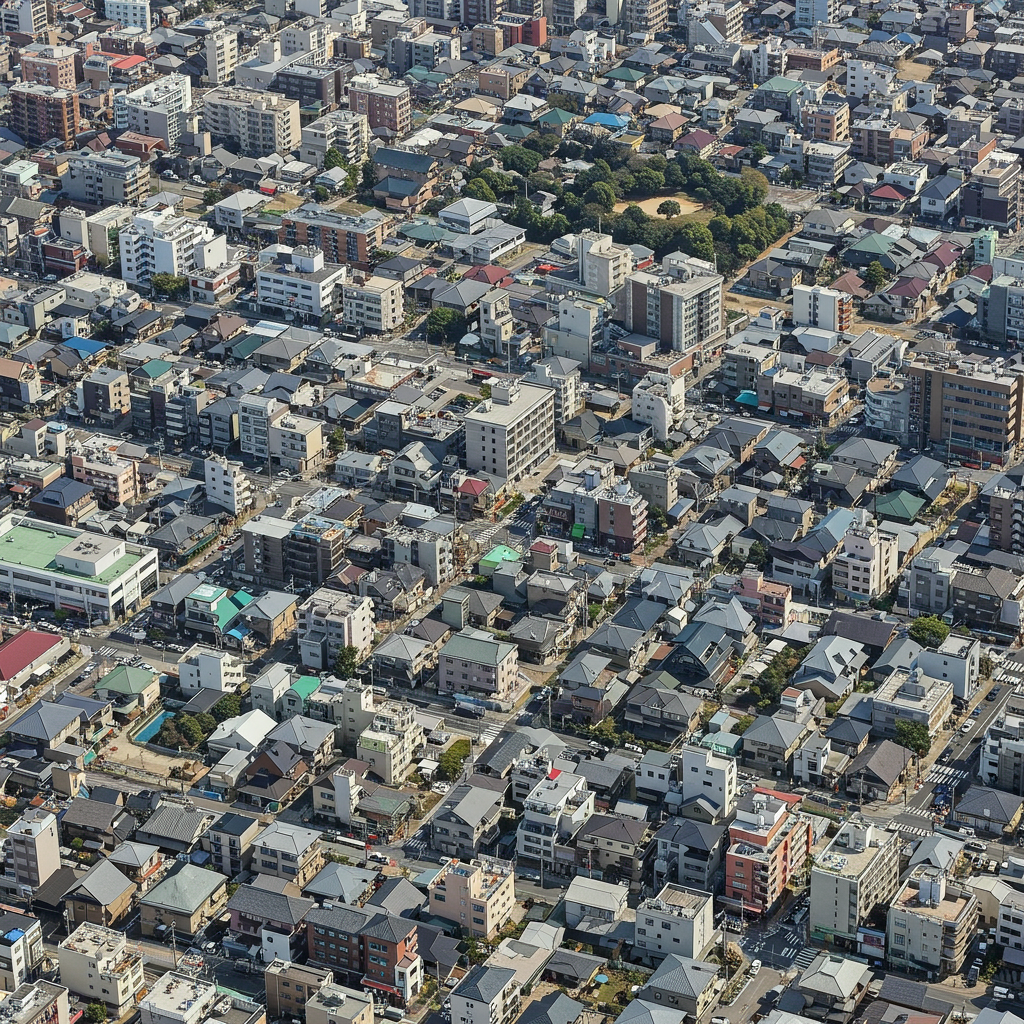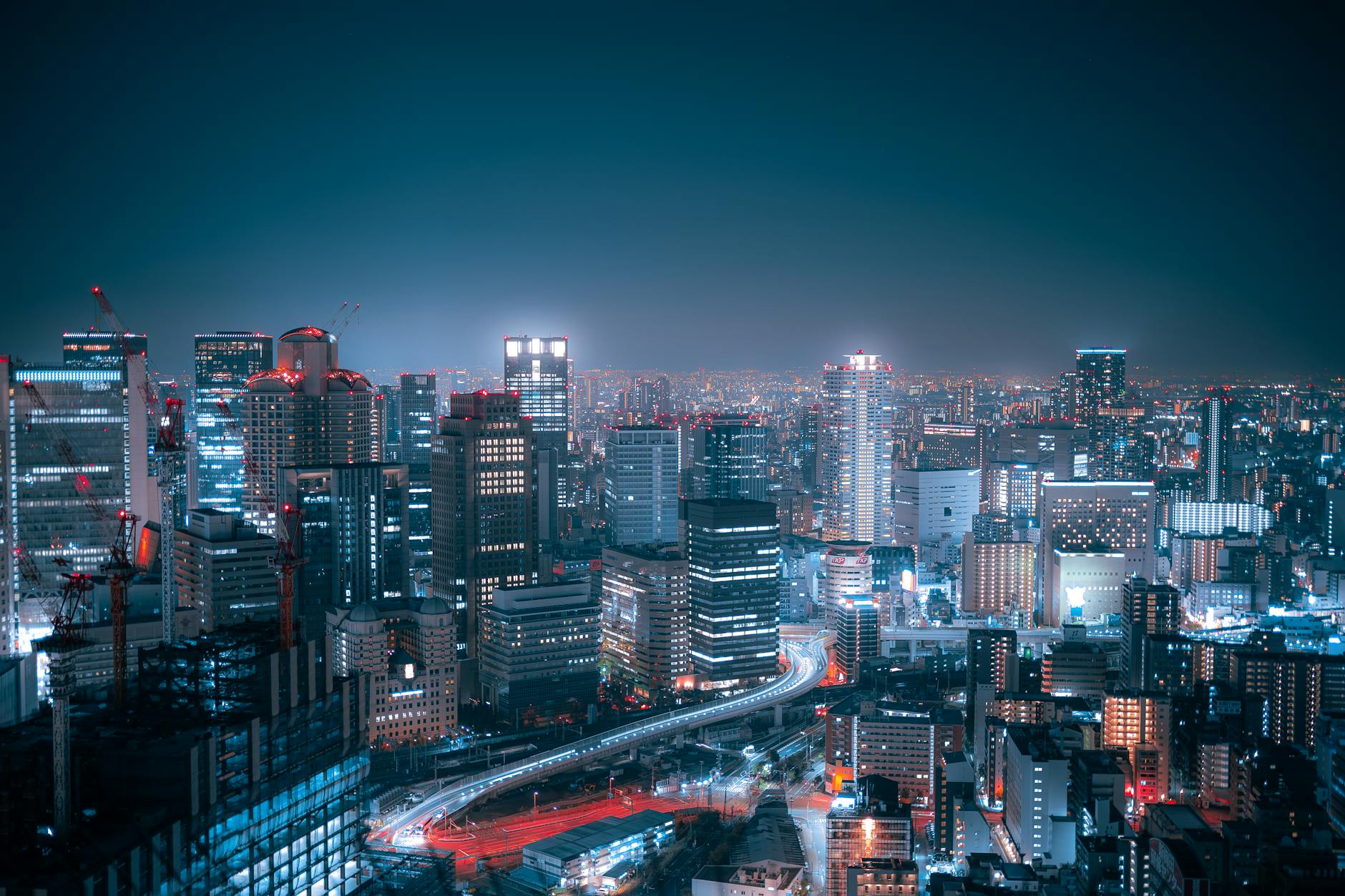Earthquakes. Floods. Pandemics. War. Inflation.
In this era of global instability, affluent individuals are beginning to ask a profound question: What kind of asset can genuinely protect me and my family when the unthinkable occurs?
One emerging answer is urban real estate in Japan.
More than an investment, it represents a place of refuge—one built on resilience, foresight, and engineering excellence. For many, its value lies in the ability to become a final stronghold for those who matter most.
◆ 1. A Culture of Preparedness, Forged by a Nation of Natural Disasters
Japan is one of the most disaster-prone countries in the world. But it is precisely because of this reality that its urban planning, building codes, and emergency infrastructure are among the most advanced globally—built on a philosophy of constant preparedness.
Consider the following:
- Earthquakes: Cutting-edge seismic codes designed to withstand magnitude 7-level tremors
- Typhoons & Heavy Rain: Robust drainage systems and comprehensive evacuation protocols
- Blackouts & Water Disruptions: Emergency power generators and onsite water reserves
- Healthcare: Multiple major hospitals and clinics within walking distance
In Japan, preparedness is part of everyday life—and that makes ownership truly secure
◆ 2. Urban Living: A Place Where You Don’t Need to Evacuate
In times of crisis, suburban retreats and remote villas may lack immediate access to healthcare and reliable evacuation routes. By contrast, luxury residences in major Japanese cities like Tokyo and Osaka offer a level of built-in resilience:
- Elevated floors eliminate tsunami concerns
- Professional management teams provide emergency support on-site
- Neighborhoods are secured with robust law enforcement and private security systems
- Supermarkets, pharmacies, and hospitals are all within walking distance
In essence, the city itself becomes a fortified sanctuary—a living infrastructure of preparedness.

◆ 3. High Liquidity in Crisis: Urban Real Estate as a Strategic Exit
In times of disaster or financial turmoil, illiquid assets become liabilities. But in Japan’s prime urban districts—such as Minato, Shibuya, and Chuo—high-end condominiums offer a uniquely resilient form of capital.
- Consistent demand
- Transactions among affluent buyers are swift
- Supported by international investors seeking safe-haven assets
In short, these properties are recognized as “liquid assets—even in worst-case scenarios.”
◆ 4. Why the Wealthy in Thailand, Hong Kong, and Singapore Are Turning to Japan
In many parts of Asia, owning a secure retreat has become a widely accepted means of protecting one’s family.
This mindset is deeply rooted in lived experiences:
- Political unrest and public demonstrations
- Healthcare insecurity during viral outbreaks
- Currency volatility and sudden regulatory changes that freeze assets
Having faced these uncertainties firsthand, affluent families are increasingly seeking properties that offer not just capital appreciation, but real-world utility. That’s exactly what Japanese urban condominiums can provide.

◆ 5. The Choice to Invest in Peace of Mind
Japan’s urban condominiums are not defined solely by their size or opulence. Their true value lies in something far more enduring: a final line of defense—secure, accessible, and resilient—situated in the heart of cities where people will always gather.
Even amid global volatility, prices remain strong. In fact, these residences now command a premium—driven not by the intrinsic value of peace of mind.
◆ Summary: The Era of Buying Assets on Assumptions of Stability Is Over
In today’s world, the new benchmark for real estate acquisition is clear: “will this place still protect me and my family when the worst happens?”
Urban resilience, seismic engineering, public safety, professional management, medical proximity, and liquidity—Japanese real estate uniquely offers all of these.
As global uncertainties continue to rise, these properties are no longer just investments—they are defensive assets.




